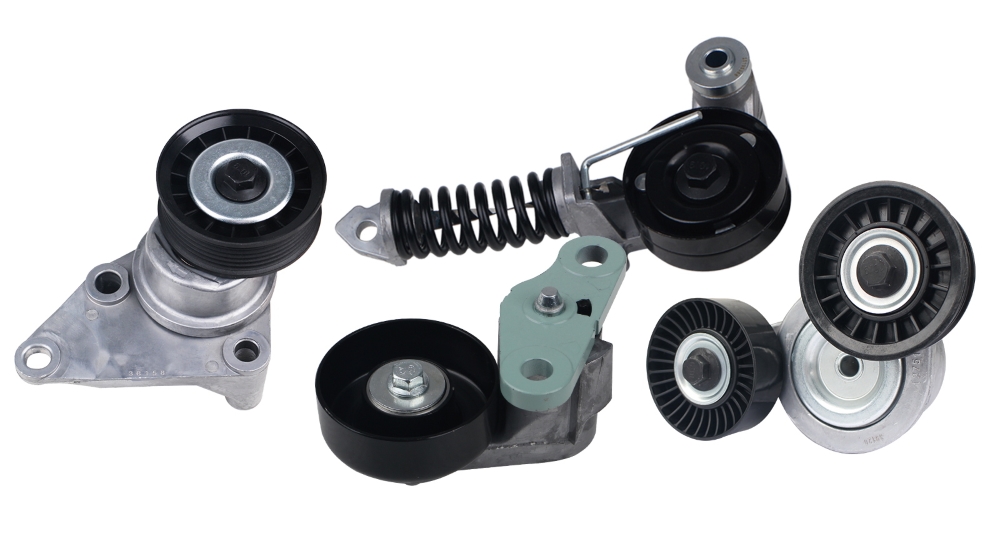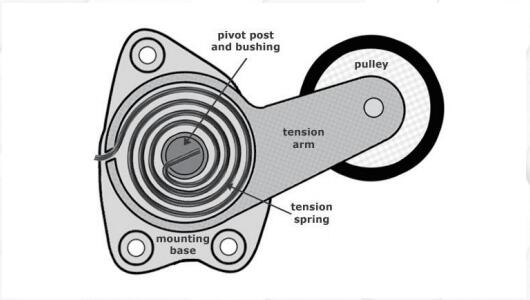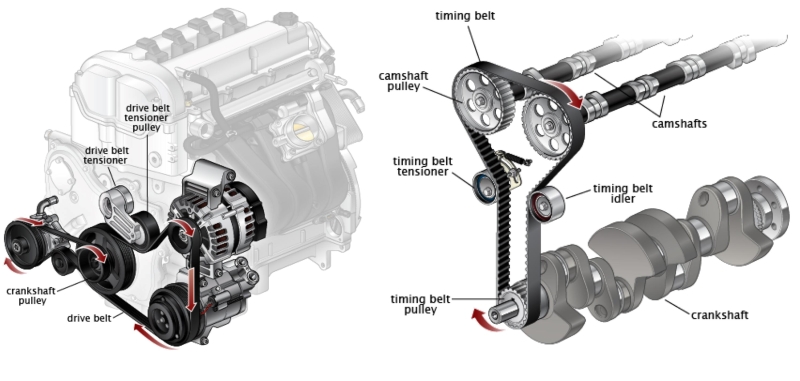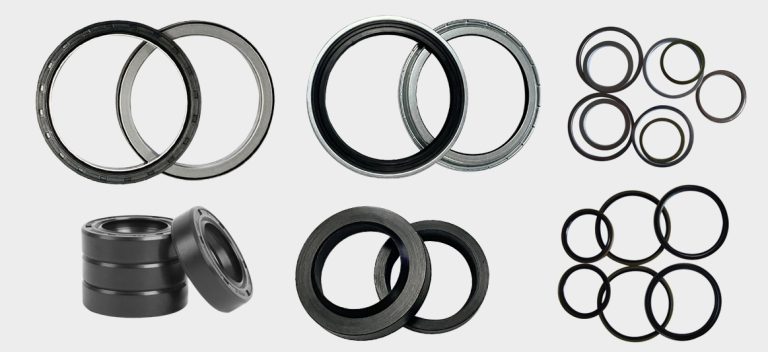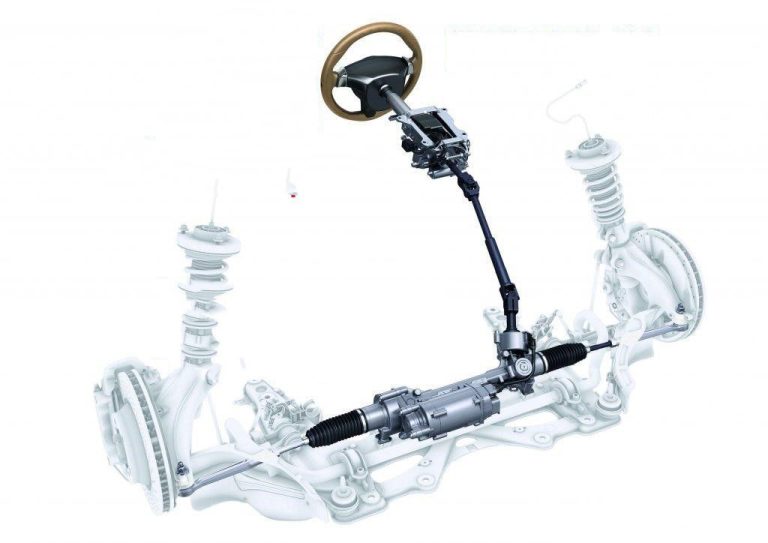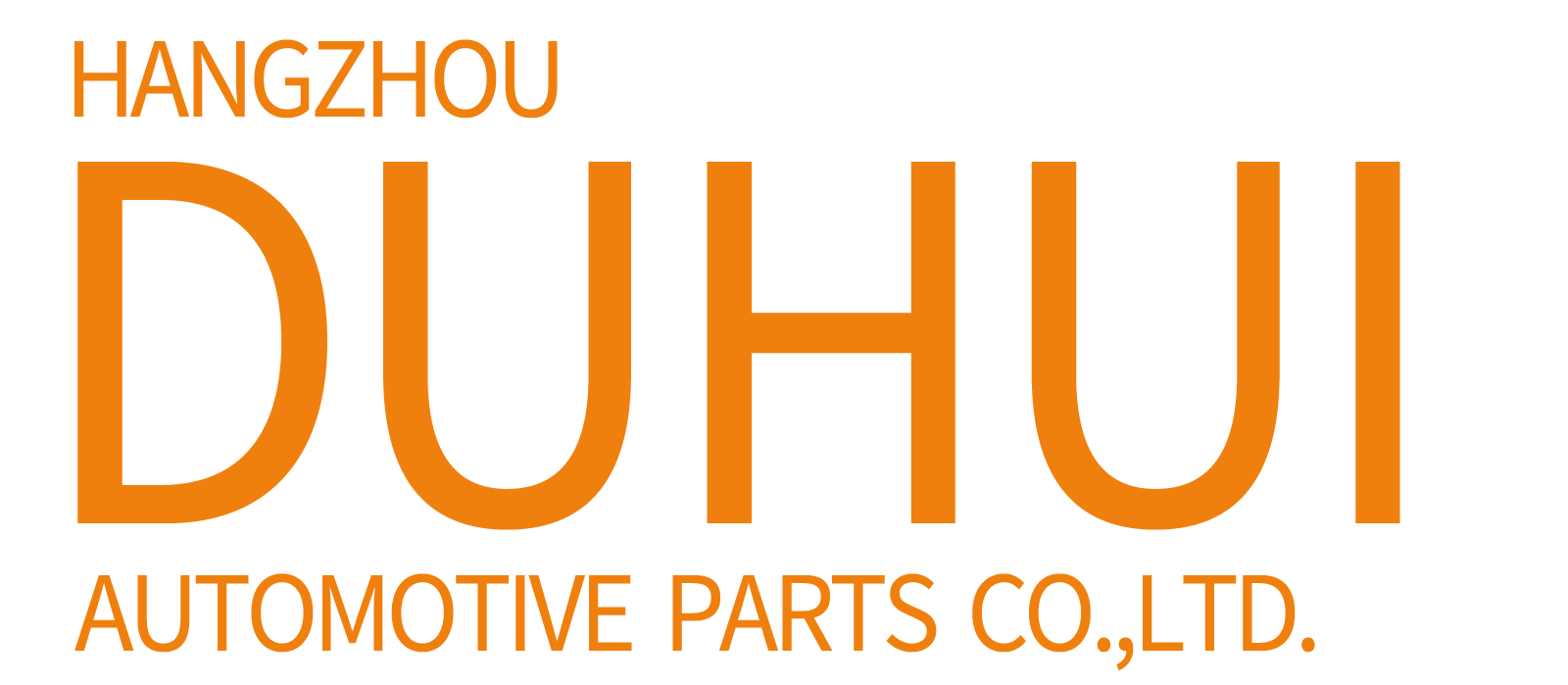Automobile Tensioner Guide
The tensioner is a device used to adjust the tightness of the engine belt. Its main function is to maintain the proper tension of the belt to ensure normal operation of the engine. The tightness of the belt has a great influence on the operation of the engine. If the tightness is improper, it will cause the performance of the engine to decrease, and in severe cases, it may even cause damage to the engine.
Types of tensioner pulley
According to the structure and working principle of the tensioner, it can be divided into the following types:
- Mechanical tensioner
The mechanical tensioner tensions the belt through a mechanical structure. Common mechanical tensioners include tensioning pulley, tensioning screws, tensioning springs and other components. Mechanical tensioning pulleys usually change the position of the tensioning pulley by adjusting the position of the tensioning screw or tensioning spring, thereby adjusting the tension of the belt. This type of tensioner has a simple structure and is easy to operate. It is suitable for simple application scenarios of some transmission systems.
- Liquid Hydraulic tensioner
The liquid hydraulic tensioner uses the hydraulic system to tension the belt. It usually consists of hydraulic cylinder, piston, hydraulic oil and other components. By controlling the flow of hydraulic oil in the hydraulic cylinder, the position of the piston can be adjusted, thereby adjusting the position of the tensioner pulley and thus the belt tension. The hydraulic tensioner has the advantages of high adjustment accuracy and rapid response, and is suitable for transmission systems that require high belt tension.
- OilHydraulic tensioner
The Oil hydraulic tensioner is similar to the liquid hydraulic tensioner, but the working medium used is oil pressure. It usually consists of oil pumps, hydraulic cylinders, oil pipes, control valves and other components. By adjusting the oil pressure output by the oil pump and the opening and closing of the control valve, the oil pressure in the hydraulic cylinder can be controlled, thereby adjusting the position of the tensioner pulley to achieve belt tension. Oil hydraulic tensioners are usually used when the hydraulic system is familiar or the working environment requires the use of oil pressure.
Structure of tensioner pulley
The structure of the tensioning pulley mainly consists of the following parts:
- Tensioner housing
The tensioner housing is the main part of the tensioner, and its shape is usually round or oval. The tensioner housing is usually equipped with tensioning devices such as tensioner bearings, tensioner springs, and tensioner pistons.
- Tightening pulley bearing
The tensioner pulley bearing is the support part of the tensioner pulley. Its function is to support the rotation of the tensioner pulley and bear the tension of the belt. Tensioner bearings are usually made of high-strength alloy steel to ensure their endurance and longevity.
- Tensioner spring
The tensioner spring is a common tensioning device in mechanical tensioners. Its function is to adjust the belt tightness through elastic deformation. Tensioner springs are usually made of high-strength spring steel to ensure their elasticity and longevity.
- Tensioner piston
The tensioner piston is a common tensioning device in mechanical tensioners. Its function is to adjust the belt tightness through the compression and relaxation of the piston. The tensioner piston is usually made of high-strength alloy steel to ensure its endurance and longevity.
Working principle of tensioner pulley
The working principle of the tensioner is closely related to the working principle of the timing belt. The timing belt is an important component that connects the engine camshaft and crankshaft. Its main function is to ensure the synchronization of the engine timing system. The main function of the tensioner is to adjust the tightness of the timing belt to ensure the normal operation of the engine.
When the engine is running, the timing belt will relax due to engine vibration and temperature changes. The tensioning pulley adjusts the tightness of the timing belt through tensioning devices such as springs, pistons, and oil pressure to keep it within an appropriate range. When the timing belt is too tight, the tensioner will automatically adjust the timing chain to ensure normal engine operation.
